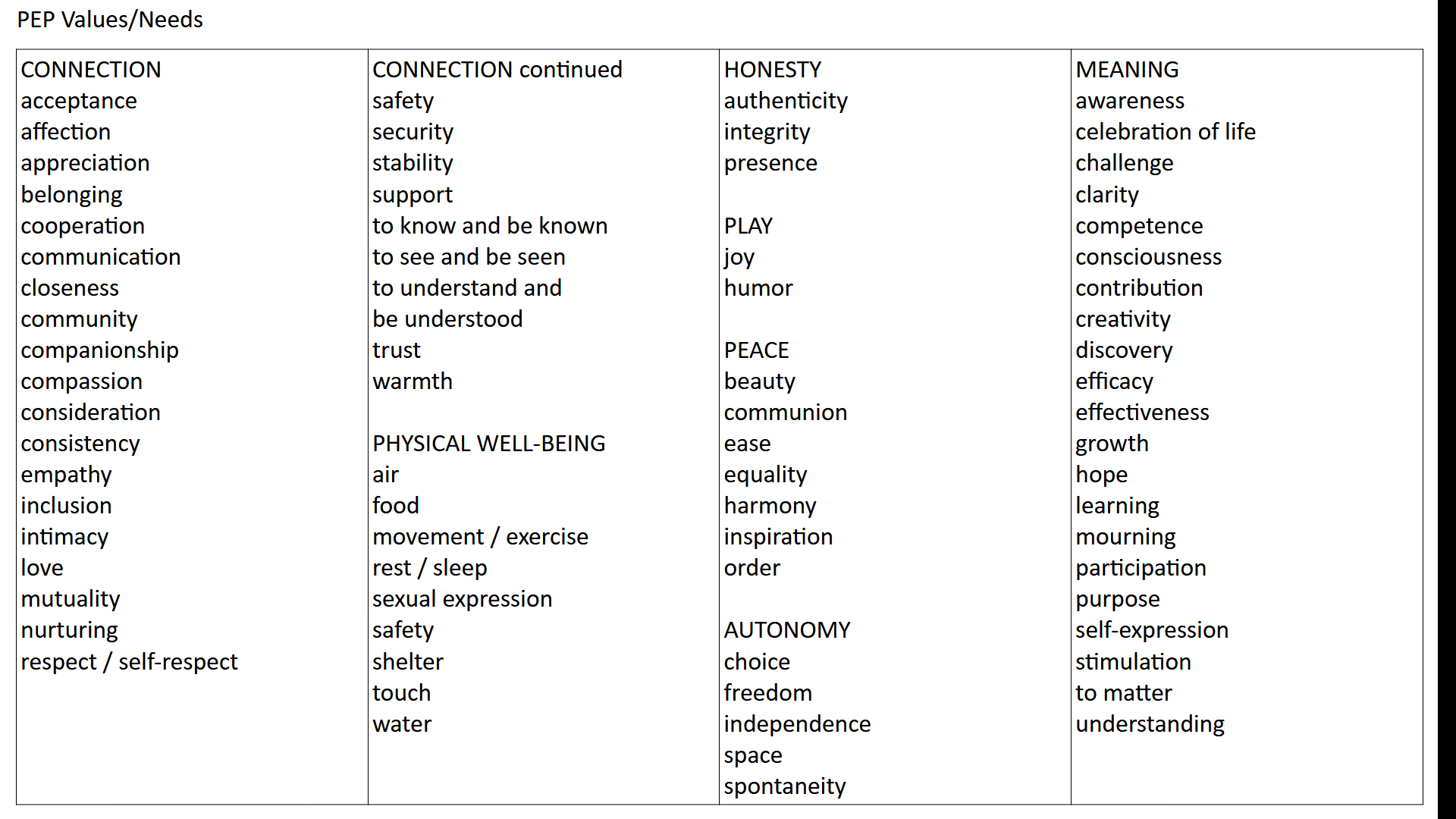15 minute talk on Chapter 16 – Why empathize with an enemy? from the A Practical EmPath: Rewire Your Mind book by Scott Howard Swain.
video created with the help of AI tools
15 minute talk on Chapter 16 – Why empathize with an enemy? from the A Practical EmPath: Rewire Your Mind book by Scott Howard Swain. Direct YouTube link: https://youtu.be/e28v3Z4UP7g
Summary
“Chapter 16 – Why empathize with an enemy?” from Scott Howard Swain’s “A Practical EmPath: Rewire Your Mind,” explores the concept of Practical Empathy Practice (P.E.P.) and its application, particularly when dealing with individuals perceived as “enemies,” competitors, or those with whom one strongly disagrees. The core argument is that empathy, in this context, is not about agreement or validation, but rather about understanding, and it offers numerous benefits.
Key Themes and Important Ideas:
1. Defining Empathy (P.E.P. perspective): The chapter distinguishes P.E.P.’s understanding of empathy from common notions like sympathy or affective empathy. P.E.P. defines empathy as “understanding the perspective of another person.” It is explicitly stated that in P.E.P., “needs and values are synonymous.”
2. The Purpose of P.E.P.: The primary goals of P.E.P. are to “liberate, understand, strengthen connection, increase responsibility, display clarity, and empower self and others.” Crucially, the text emphasizes that P.E.P. aims to “establish understanding, not objective truth.”
3. Components of P.E.P.: P.E.P. involves three key components:
Observation without evaluation: Focusing on “mostly their words” and allowing the subconscious to process body language cues.
Feeling: Recognizing one’s own feelings and guessing at the feelings of others.
Values/needs/motives/wants: Guessing at one’s own and others’ values/needs.
4. Empathy is Not Agreement or Validation: A central tenet of the chapter is that “Empathy and acceptance are not agreement.” The author directly addresses the common apprehension: “Why would I want to empathize with someone I consider to be an enemy, competitor, or politician? I don’t want to support them, validate their perspective, or pretend agreement.” The response is that “you risk no loss of integrity by practicing empathy with someone you disagree with. To empathize, you are merely removing your filters and opinions for a moment to have a deeper understanding of their perspective.”
5. Benefits of Empathizing with “Enemies”: The text outlines several compelling reasons to practice empathy, especially in challenging situations:
Strengthen Empathy Muscles: “When we practice giving empathy, especially when it is difficult, we strengthen our ’empathy muscles,’ making it easier, more automatic, and more natural next time.” This leads to effortless empathy that “will actually charge our batteries.”
Gain an Advantage (“Know Thy Enemy”): Understanding another person’s perspective, whether they are an “enemy, competitor, client, employee, friend, family, or lover,” provides an advantage. The author states, “Surely, you gain some advantage by understanding another person’s perspective.”
Improved Well-being: “Carrying anger or resentment is no fun and affects our well-being.” Choosing empathy helps one “walk away feeling lighter and more healthy.”
Practical Probabilities (Relationship Repair): Empathy increases the likelihood of “repairing or strengthening the relationship” by avoiding “burnt bridges.” The example of a job interview where past positive interaction (due to empathy) leads to a favorable outcome highlights this.
Conscience / Karma: The idea that empathetic actions contribute to a positive “internal unconscious tally” which, in turn, leads to “paths that bring you more of what you want in life.” It suggests that even small acts of acceptance “might reduce strife and add to the empathy they received from someone else and make a difference in decisions later made.”
Be an Example: Our behavior, particularly empathetic behavior, is observed and modeled by others, especially children. “They see how you treat others and the younger they are, the more impact this has on them and how they will grow up to be.”
6. Practical Application and Mindset Shifts: The conversational examples (Jane and Marissa, Ted and his neighbor, Alice and her brother, Gary and his boss, Linda and the cashier) demonstrate how P.E.P. facilitates understanding and shifts perspective. These conversations consistently move from initial frustration or anger to an exploration of the other person’s potential feelings, needs, and values, leading to a more constructive outlook or a willingness to compromise.
Example from Conversation 1: Jane, initially frustrated, comes to understand, “maybe Marissa feels strongly about her own ideas because she values creativity and thoroughness.” This shift makes her consider, “We might just have different ways of expressing our commitment to the project.”
Example from Conversation 2: Ted, annoyed by loud music, considers, “Maybe he plays music loud because he enjoys it or it helps him relax, just like I enjoy my quiet.” This leads to, “Yeah, I see now it’s not just about my peace; it’s about mutual respect and understanding.”
Example from Conversation 5: Linda, angry at a rude cashier, shifts her perspective to, “It’s possible she didn’t mean to be rude. She might have just been overwhelmed.” This allows her to say, “Everyone can have a bad day. I don’t want to judge based on one encounter.”
7. Personal Responsibility for Feelings: The text subtly, but importantly, introduces the P.E.P. rule that “we do not ‘make’ anyone feel anything.” Instead, “We may stimulate a feeling but then it is the person’s choice how they process what was said.” This encourages taking responsibility for one’s own emotional reactions, as highlighted in Exercise (4): “Practice taking responsibility for your own feelings by re-framing the situation using the PEP syntax.”
8. Accessibility of Empathy: The author challenges the notion that empathy requires shared life experiences, stating, “I do not agree with this idea because I believe empathy to be more accessible and possible for anyone to learn and do.” He asserts that “with a basic level of intelligence, imagination, and courage, anyone can learn this form of empathy.”
The full values / needs list:










Recent Comments